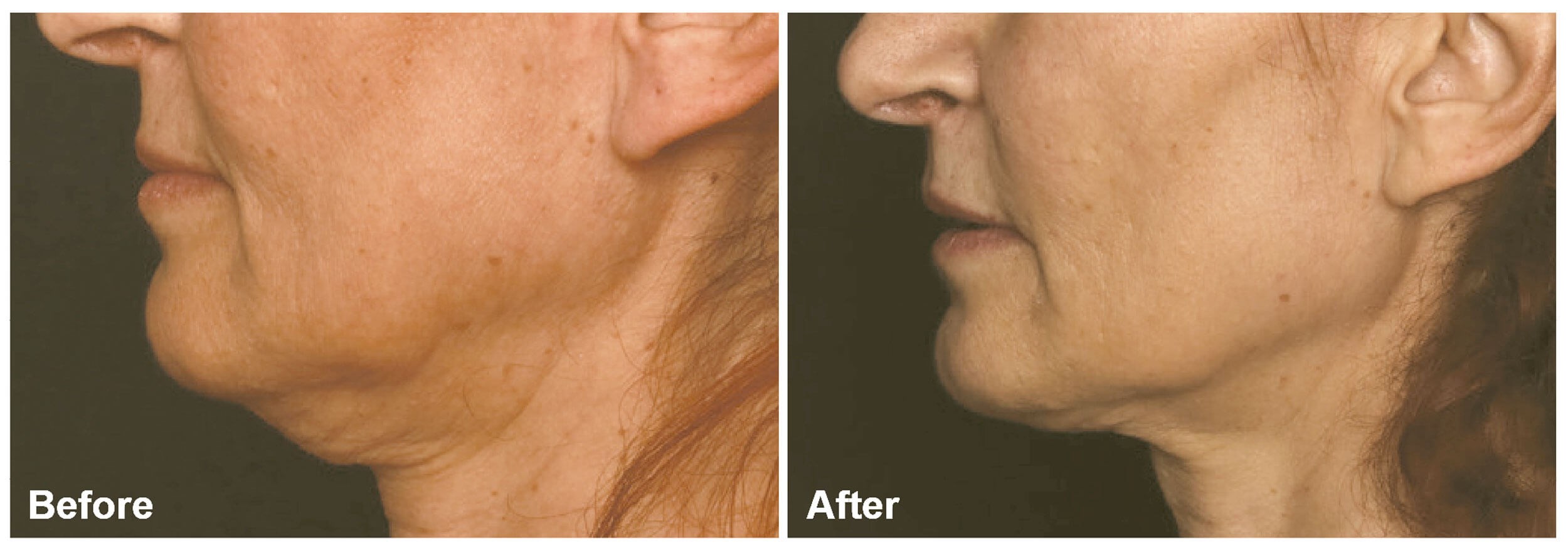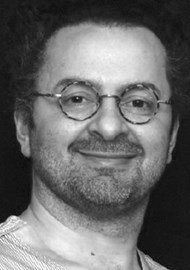Ageing of the face has become more noticeable among men and women in the modern world. The new work-from-home environment with more and more online meetings has created surroundings where people see themselves repeatedly on screen and therefore many have become more aware of age-related changes in their faces. Increased number of patients have been presenting at my clinic requesting improvements to the lower face and neck area.
Ageing is a multifactorial process starting from middle age with bone tissues and extending to muscles and soft tissues where skin is loosened and folded [1-3]. In the management of this process, we, as plastic surgeons, can successfully administer facial rejuvenation and facelift treatments. But what can we do for patients who do not want to undergo facelift surgery?
Profound is a single treatment radiofrequency (RF) microneedling device offering a powerful technology that restructures the collagen and elastin in the face by heating [4,5]. The device’s main advantage is allowing the restructuring of collagen and elastin by heating the dermal collagen bed and underlying soft tissue (superficial musculoaponeutic system (SMAS) in the face area, fatty tissue in the jowl area) in a controlled manner, as well as permitting real time temperature and length and depth control of the treatment [5-7].

Case report
A 54-year-old patient who presented with complaints of sagging and loose lower face and neckline was scheduled for treatment with the Profound RF system. Considering an imaginary line passing between the tragus and nasolabial floor above as the border, the area up to the cricoid cartilage below it was determined as the treatment area.
A 60cc local anaesthetic solution was obtained by mixing 10cc/10 mg of lidocaine with 50cc of saline. First, local application of 15cc solution, up until the left lower face jawline, was performed by subcutaneous administration using a dental injector. The lower left face was completed by applying the Profound RF dermal head at 68°C for four seconds. Likewise, after the administration of 15cc of local solution to the lower right face, a total of 220 shots were performed and completed in the same time and temperature. Local infiltration was administered as 15cc each for the left and right face under the jawline, jowl and neck region, and the dermal head temperature was set at 68°C with the duration adjusted to four seconds. A total of 200 shots were administered to the neck and jowl.
A mild oedema was observed for three to five days in the early follow-up of the patient. In the photographs taken at 15 months follow-up, it was observed that the lower face area had tightened effectively, the accumulation in the jowl jawline and neck area had decreased and the jawline transition had become sharper in the side images.
Conclusion
The lower face and neck region is a challenging area for both surgical procedures and non-surgical rejuvenation where lower face and neck lifting is the gold standard protocol.
The Profound RF device has emerged as an effective facial rejuvenation technology in both the lower face and neck region for candidates not willing or unable to undergo surgical treatment [4,6]. As the mechanism of action occurs by stimulation of collagen and elastin, it can be used for a wide range of areas, except for very elderly patients with very thin dermal beds. The collagen and elastin would be less in the skin of these patients, therefore stimulation would be less as well. Studies have shown that skin laxity is reduced by 95%, with effectiveness reaching up to 90% in terms of patient satisfaction [7].
References
1. Cotofana S, Gotkin RH, Frank K, et al. The functional anatomy of the deep facial fat compartments: a detailed imaging-based investigation. Plast Reconstr Surg 2019;143:53-63.
2. Gosain AK, Klein MH, Sudhakar PV, Prost RW. A volume metric analysis of soft-tissue changes in the aging midface using high-resolution MRI: Implications for facial rejuvenation. Plast Reconstr Surg 2005;115:1143‑52.
3. Boehm LM, Morgan A, Hettinger P, Matloub HS. Facial aging: a quantitative analysis of midface volume changes over 11 years. Plast Reconstr Surg 2021;147(2):319-27.
4. Alexiades-Armenakas M, Rosenberg D, Renton B, et al. Blinded, randomized, quantitative grading comparison of minimally invasive, fractional radiofrequency and surgical face-lift to treat skin laxity. Arch Dermatology 2010;146(4):396-405.
5. Hantash BM, Ubeid AA, Chang H, et al. Bipolar fractional radiofrequency treatment induces neoelastogenesis and neocollagenesis. Lasers Surge Med 2009;41(1):1-9.
6. Willey A, Kilmer S, Newman J, et al. Elastometry and clinical results after bipolar radiofrequency treatment of skin. Dermatol Surg 2010;36(6):877-84.
7. Alexiades-Armenakas M, Newman J, Willey A. Prospective multicenter clinical trial of a minimally invasive temperature-controlled bipolar fractional radiofrequency system for rhytid and laxity treatment. Dermatol Surg 2013;39(2):263-73.
Declaration of competing interests: The author has worked with Candela as a Key Opinion Leader for Profound.
COMMENTS ARE WELCOME





